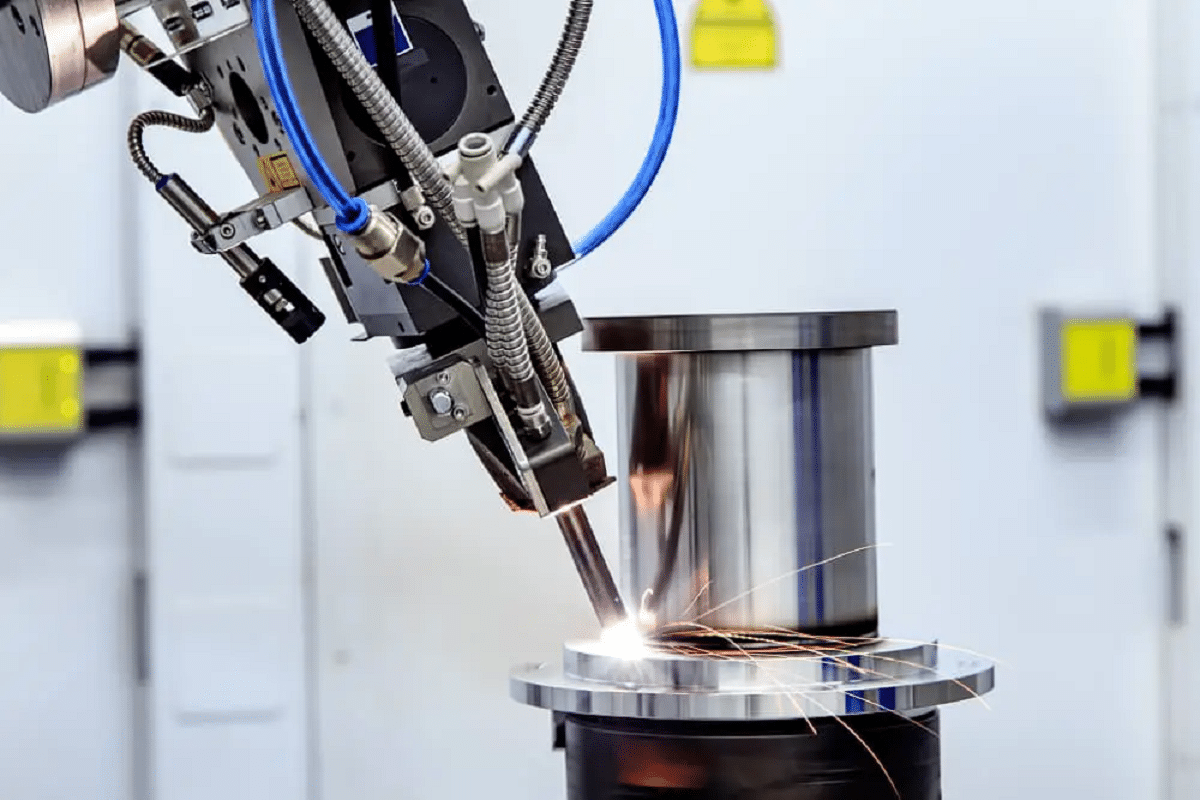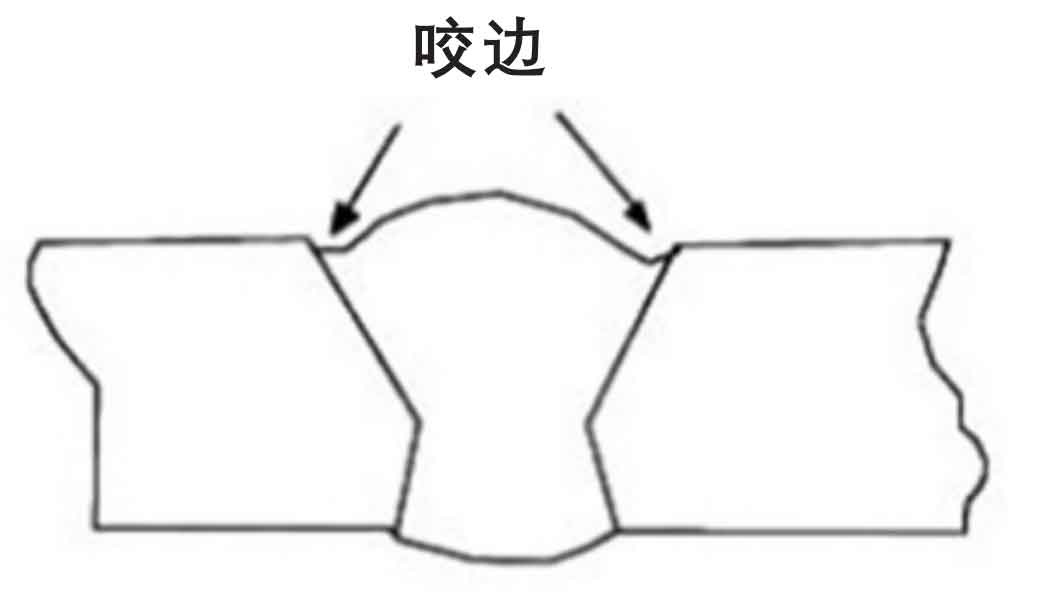Mastering the Art of Welding: How to Stay Clear Of Undercut Welding Issues for Flawless Construction Results
Efficiency and accuracy are extremely important in the world of welding, where even the smallest blemish can jeopardize the structural honesty of a fabricated piece. One common challenge that welders face is damaging, a problem that can deteriorate a weld joint and lead to costly rework. By understanding the origin of undercut welding and implementing reliable methods to avoid it, welders can boost their craft to brand-new levels of excellence (Preventing weld undercut). In the pursuit of remarkable construction results, understanding the art of welding to stay clear of undercut problems is not just an ability yet a requirement for those pursuing perfection in their work.
Recognizing Undercut Welding

To prevent undercut welding, welders need to make sure correct welding parameters, such as changing the existing, voltage, traveling speed, and preserving the proper electrode angle. By recognizing the causes of undercut welding and executing precautionary actions, welders can attain top quality, structurally audio welds.
Reasons of Undercut in Welding
Understanding the elements that contribute to damage in welding is essential for welders to produce top notch, structurally sound welds. Poor welding present or inaccurate welding speed can likewise contribute to damage. Understanding these causes and applying appropriate welding strategies can aid prevent undercutting concerns, guaranteeing long lasting and strong welds.
Techniques to avoid Undercutting

To mitigate the risk of undercutting in welding, welders can employ calculated welding strategies intended at boosting the quality and stability of the weld joints. In addition, using the right welding method for the particular joint setup, such as weave or stringer grains, can contribute to reducing damaging.
Employing back-step welding techniques and controlling the weld bead account can additionally aid disperse heat equally and minimize the danger of undercut. Routine examination of the weld joint throughout and after welding, as well as executing quality guarantee procedures, can help in dealing with and identifying undercutting issues promptly.
Significance of Appropriate Welding Specifications
Picking and keeping appropriate welding specifications is crucial for accomplishing successful welds with marginal flaws. Welding parameters describe variables such as voltage, existing, travel rate, electrode angle, and shielding gas circulation price that directly impact the welding process. These parameters need to be meticulously changed based upon the type of material being bonded, its density, and the welding strategy utilized.
Appropriate welding parameters make sure the correct amount of warm is related to thaw the base metals and filler product evenly. If the criteria are set too high, it can bring about excessive navigate here warmth input, creating spatter, distortion, or burn-through. On the other hand, if the criteria are too reduced, insufficient fusion, absence of penetration, or damaging might take place.
Quality Assurance in Welding Workflow

Conclusion
To conclude, mastering the art of welding needs an extensive understanding of undercut welding, its causes, and techniques to avoid it. By ensuring appropriate welding specifications and carrying out high quality assurance techniques, remarkable fabrication results can be attained. It is vital for welders to constantly pursue quality in their welding operations to prevent undercut problems and create top notch welds.
Undercut welding, a typical problem in welding procedures, occurs when the look what i found weld metal doesn't effectively fill the groove and leaves a groove or depression along the welded joint.To stop undercut welding, welders should make sure proper welding parameters, such as readjusting the existing, voltage, traveling speed, and maintaining the right electrode angle. Poor welding inaccurate or existing welding speed can additionally add to undercut.To reduce the danger of undercutting in welding, welders can utilize critical welding strategies aimed at enhancing the quality and stability of the weld joints.In conclusion, understanding the art of welding calls for a comprehensive understanding of undercut welding, its causes, and strategies to stop it.